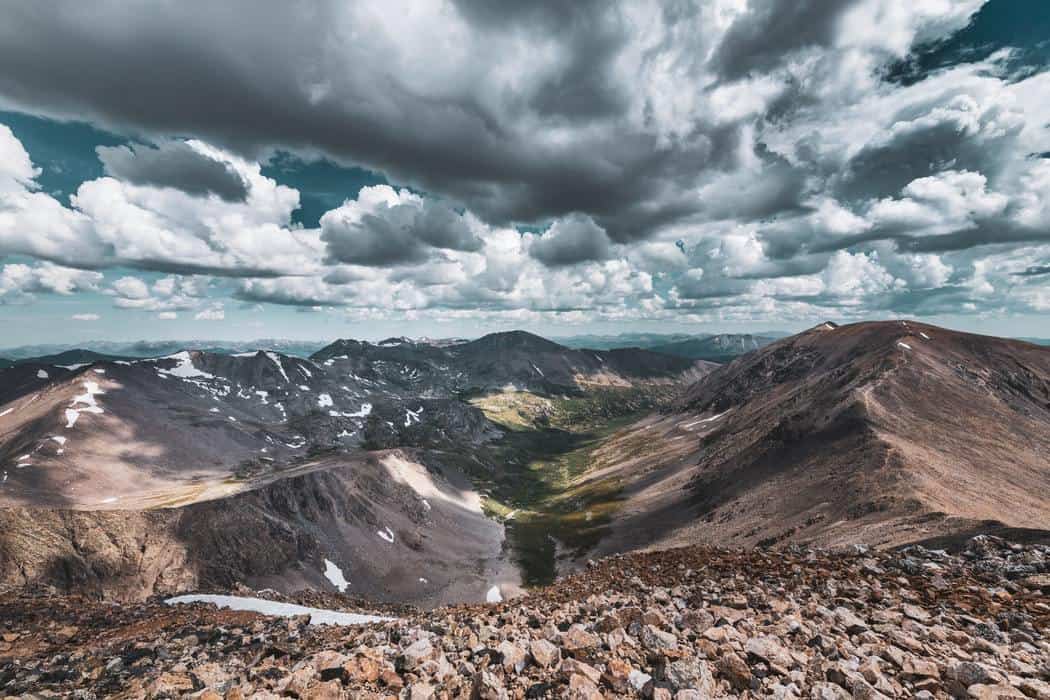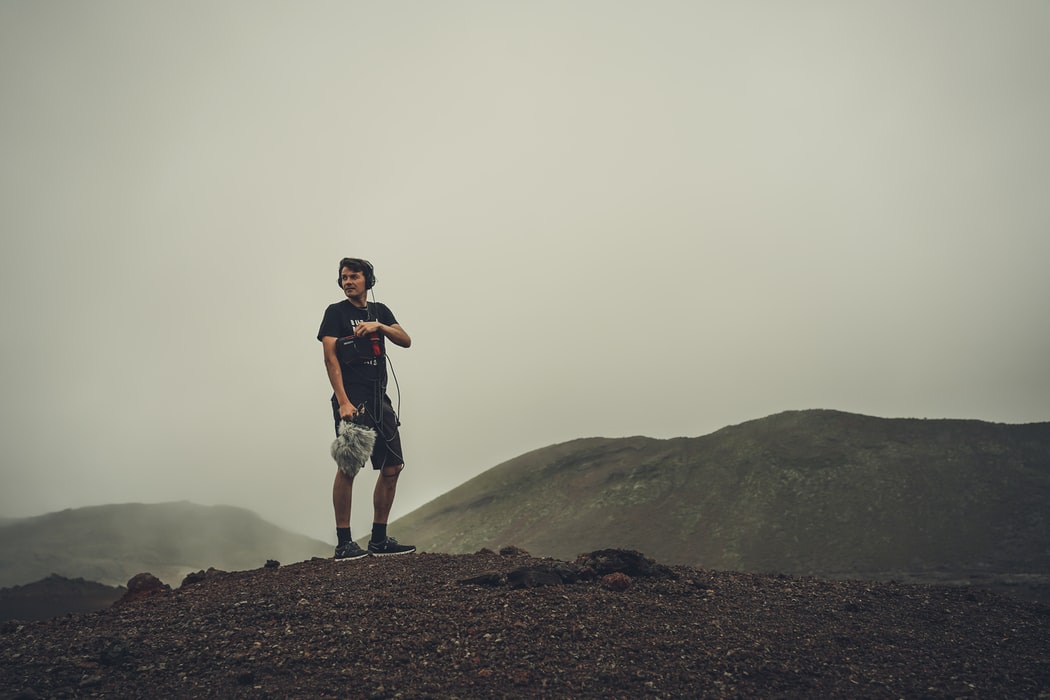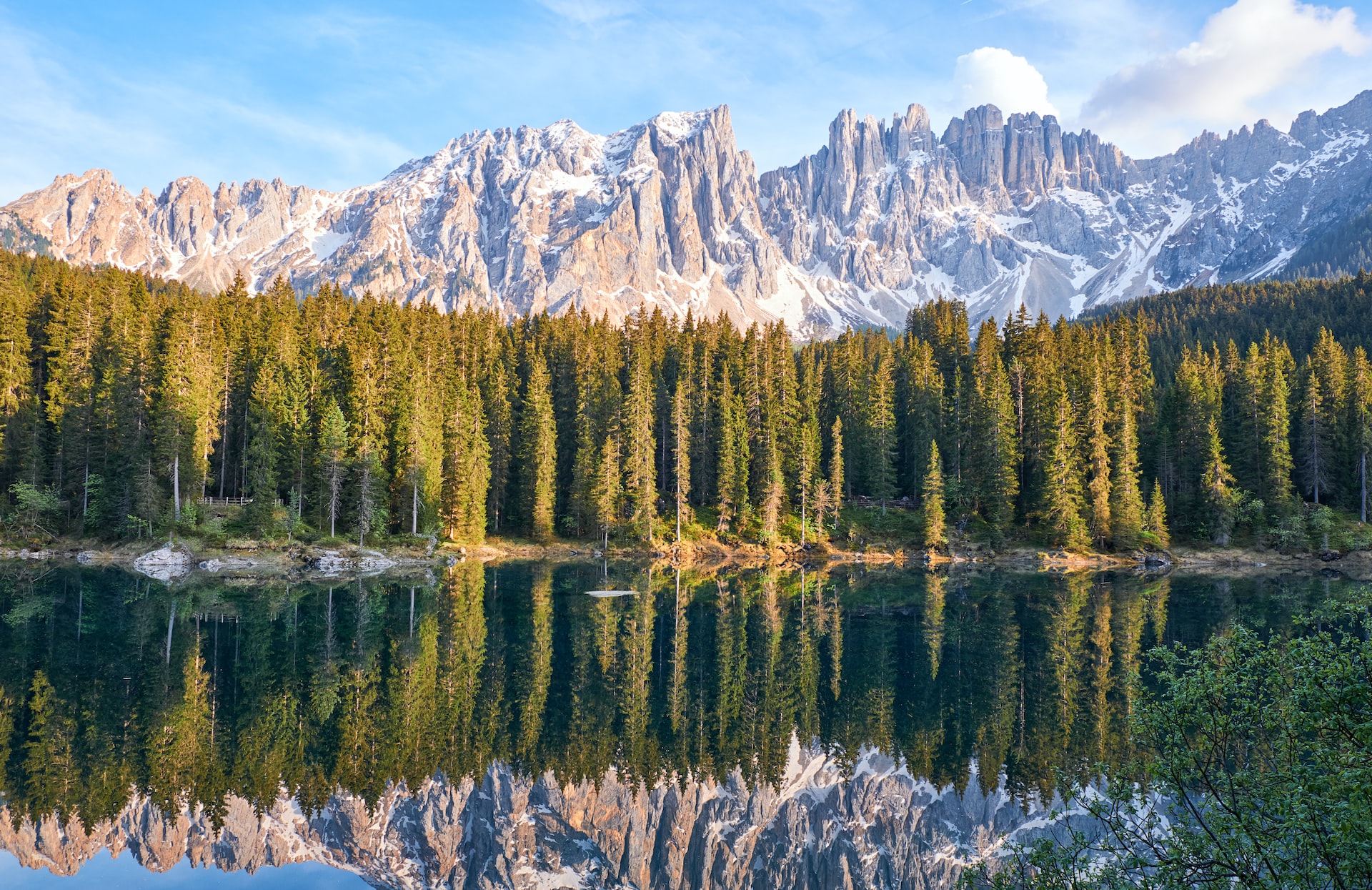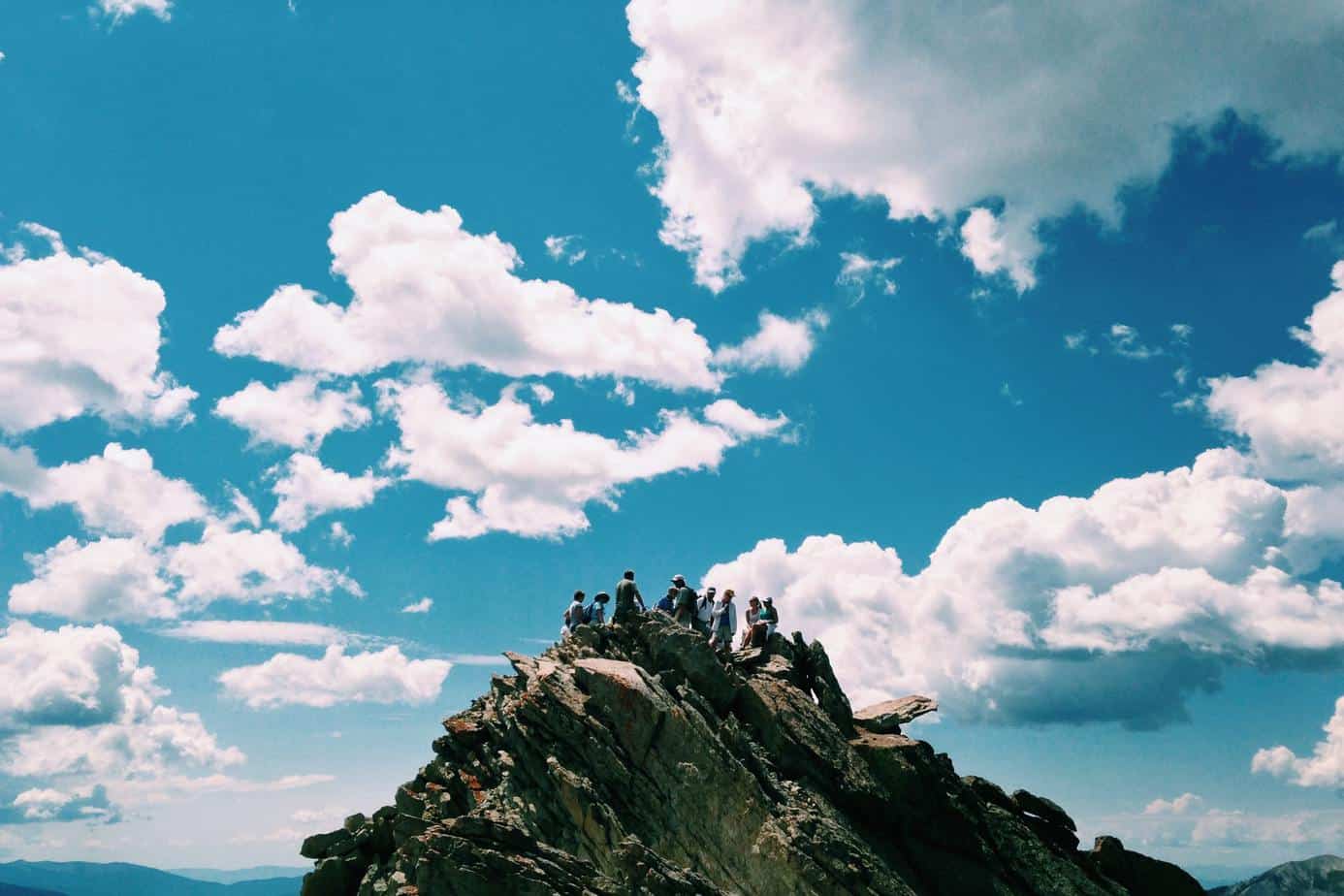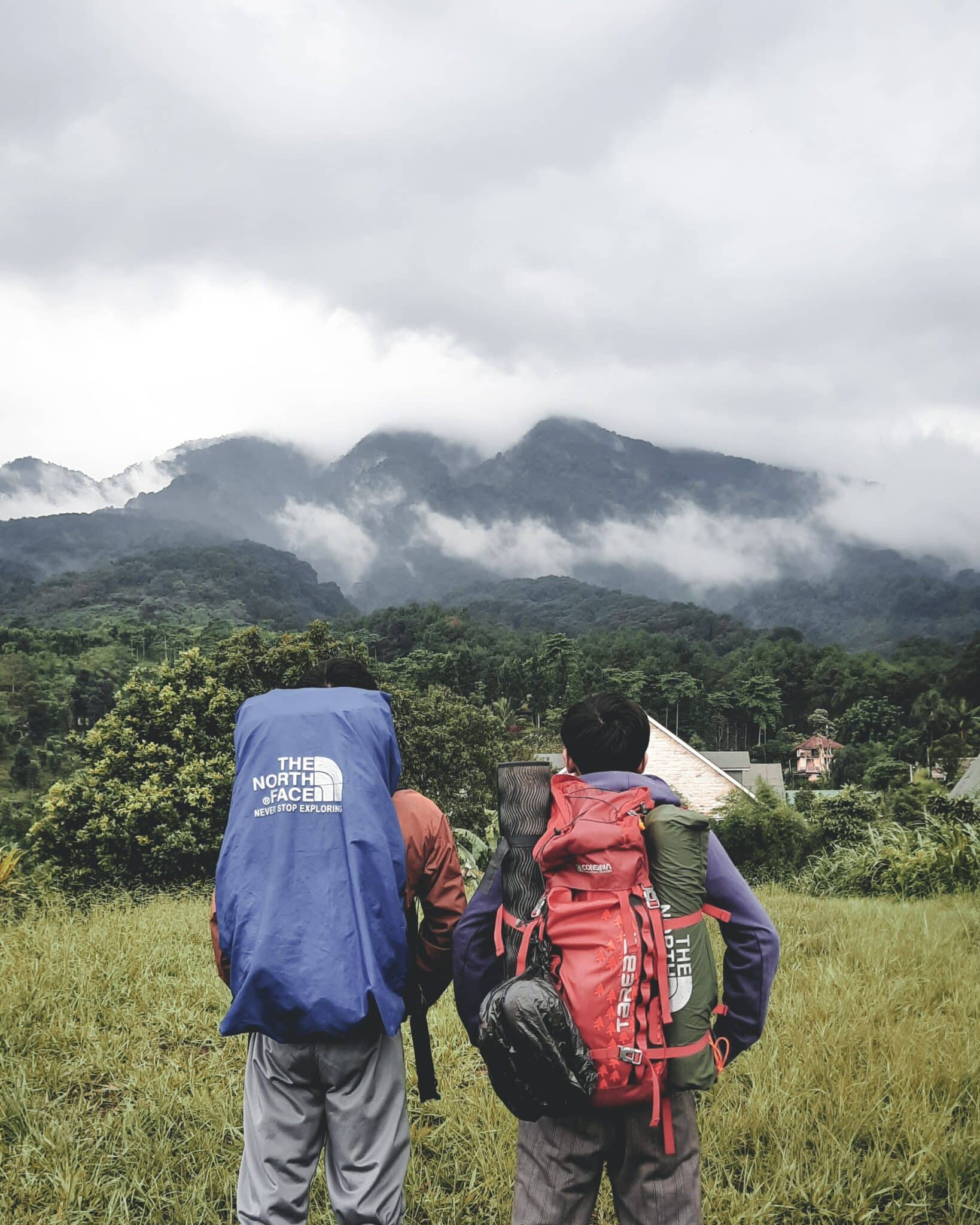Climbing fourteeners in Colorado is a very popular outdoor activity to do for both locals and tourists. With 58 mountain peaks above 14,000 feet, ranging from “easy” to challenging, there is no shortage of hikes.
For some, their goal is to climb all 58 mountains while others are happy to complete one. Whether a peak is rated Class 1 or Class 5, it’s the hardest or easiest mountain, the view at the top is worth the effort to get there. Hikers are rewarded with beautiful sunrises and endless peaks in the distance.
Here is our list of ten fourteeners for beginners in the Colorado mountains:
Mount Elbert – 14,433 feet
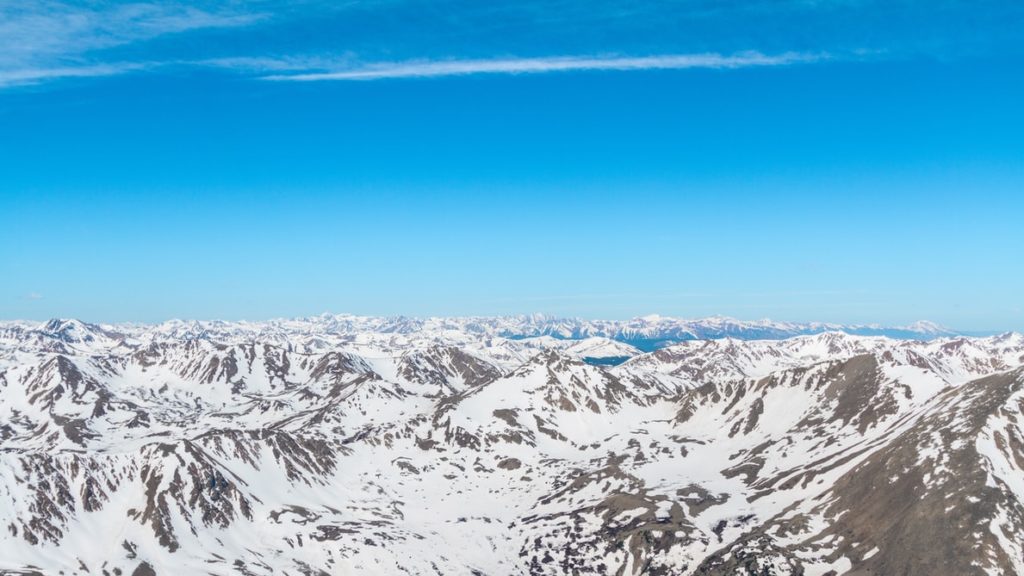
Elevation gain: 4,700 feet
Class: 1
Miles: 9 miles roundtrip
Where to park: The Elbert Trailhead
Local insider tip: There are a couple of false summits. Keep going until you reach the peak.
Why you’ll like it: The trail is very easy to follow and while it gets steep in places, it’s not technical (no scrambling). This is also the highest of fourteeners in Colorado.
Mount Lincoln – 14,286 feet
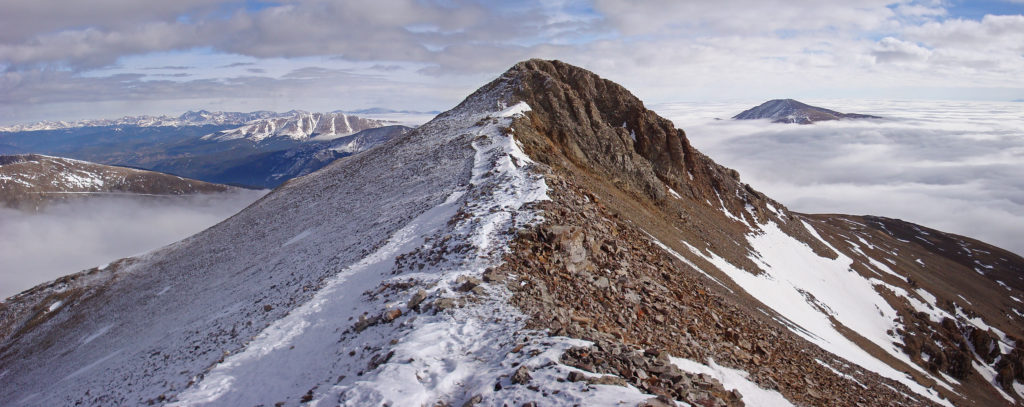
Elevation gain: 2,600 feet
Class: 2
Miles: 6 roundtrip
Combination Route (Democrat, Cameron, Lincoln, Bross)
Where to park: Kite Lake Trailhead
Local insider tip: You’ll hike over Mount Cameron to get to Mount Lincoln so you’ll get two 14ers done in one go!
Why you’ll like it: At the summit, there are fantastic views of the entire Decalibron range, Quandary, Grays, Torreys, and Pikes Peak fourteeners in Colorado way off in the distance.
Gray’s Peak – 14,270 feet
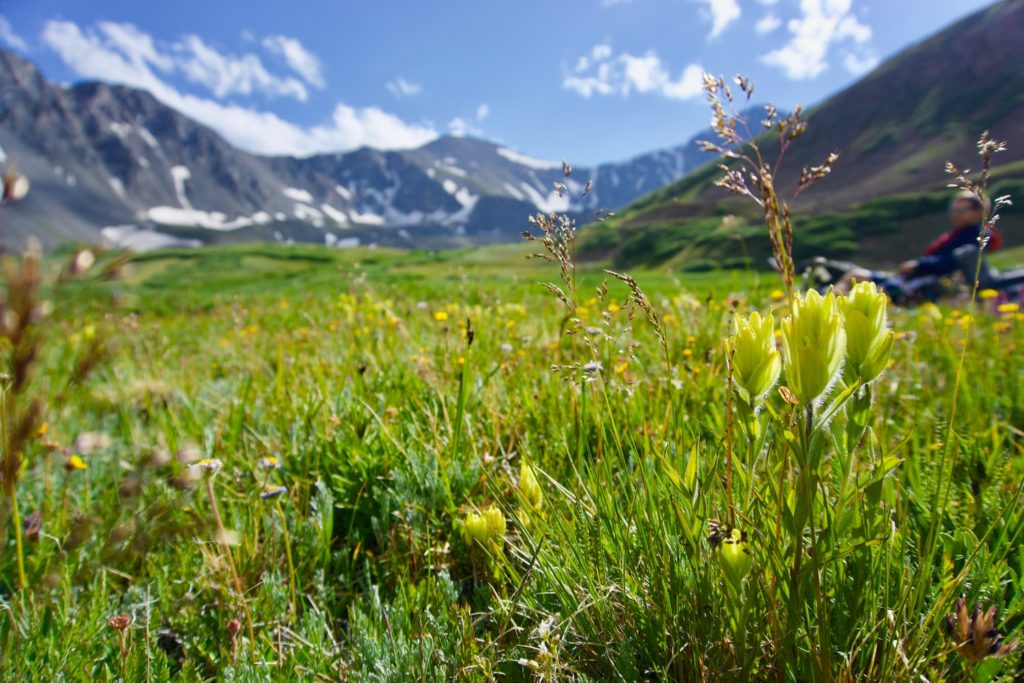
Elevation gain: 3,000 feet
Class: 1
Miles: 7.5 miles roundtrip
Where to park: Grays And Torreys Trailhead
Local insider tip: This is the closest 14er to Denver (a little more than an hour’s drive to the trailhead) which makes it more accessible than most fourteeners in Colorado.
Why you’ll like it: On the way back down you can see all the wildflowers that surround some of the trail as well as an abandoned mining operation.
Torrey’s Peak – 14,267 feet
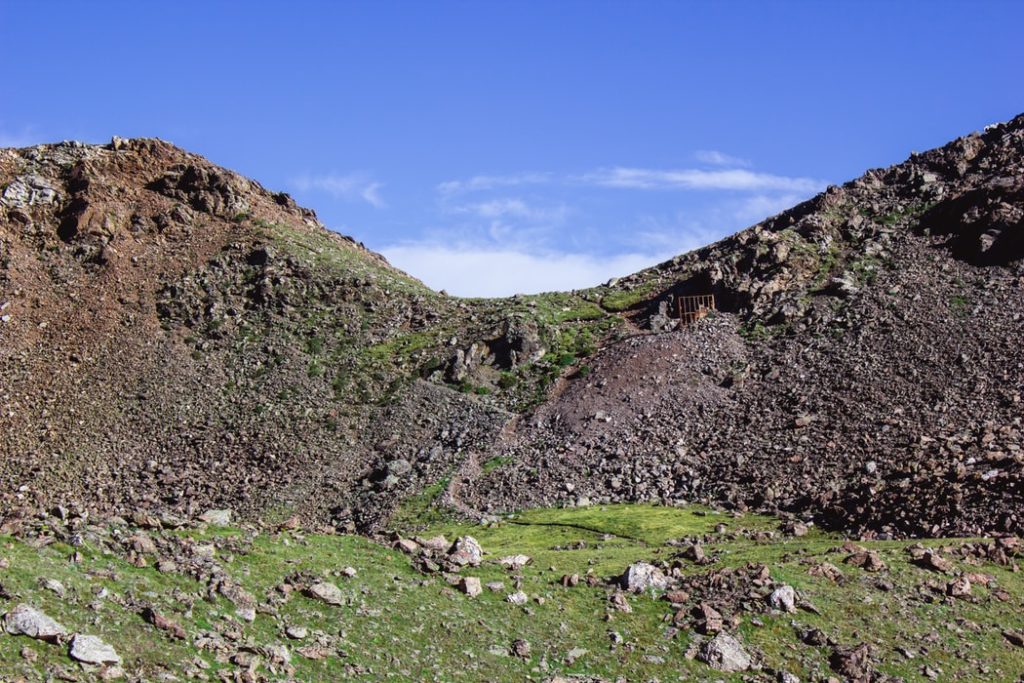
Elevation gain: 3,000 feet
Class: 2
Miles: 7.5 miles roundtrip
Where to park: Grays And Torreys Trailhead
Local insider tip: The climb to the summit is steep and slippery with loose rock fragments. You might want to bring hiking poles for added stability.
Why you’ll like it: If you want to bag two summits in one go, combine Torreys with Grays Peak which will only add an additional .5 mile to your route.
Quandary Peak – 14,265 feet
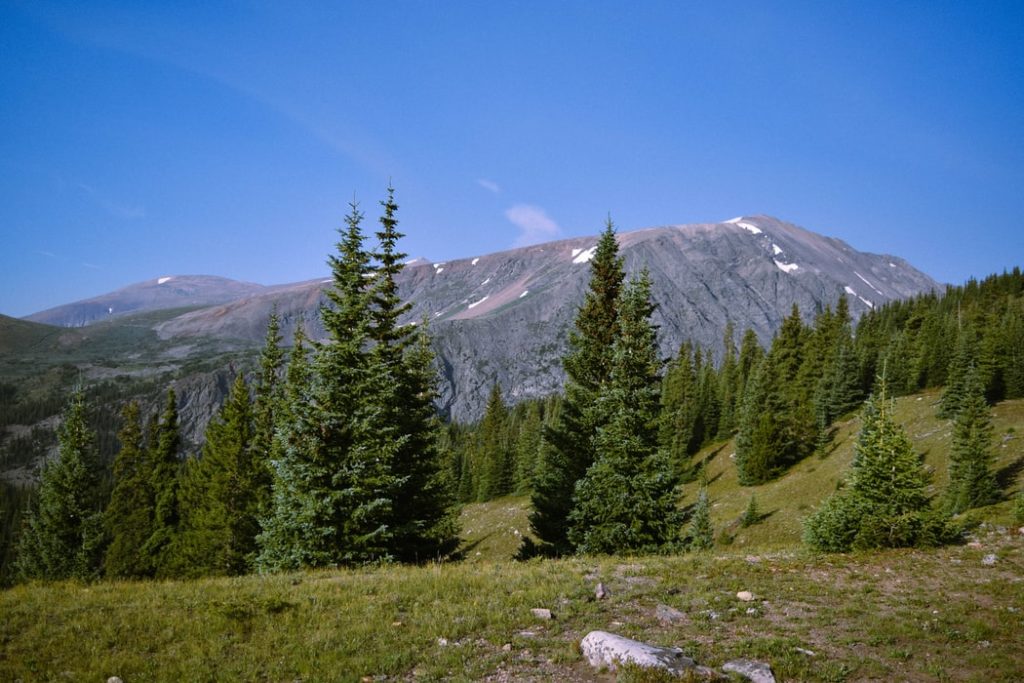
Elevation gain: 3,450 feet
Class: 1
Miles: 7 miles roundtrip
Where to park: Quandary Trailhead
Local insider tip: Local residents have been complaining about cars parked in front of their homes so the Sheriff has been placing warning notices on cars. If the main trailhead (0.1 mile up the 851 road) lot is full, cars should park up along the 851 road or in the overflow lot, down at the start of the 850 road. PLEASE DO NOT park on the side of the 850 road, in front of homes (From 14ers.com)
Why you’ll like it: Of the entry-level fourteeners in Colorado, this trail comes with a steady climb throughout and a well-marked trail.
Like what you’re reading? Sign up for our newsletter and receive product updates, blog posts, and more:
[hubspot type=form portal=20710242 id=18ac1a5f-a560-4d2e-a134-9654342f7b61]
Mount Evans – 14,264 feet

Elevation gain: 2,000 feet
Class: 2
Miles: 5.50 roundtrip
Where to park: Summit Lake Parking Area
Local insider tip: Stop at the Echo Lake Lodge for some well-earned and delicious baked goods after your hike.
Why you’ll like it: There are a lot of options to reach the summit. You can start at the Mt. Evans parking lot and hike .6 miles to the summit, start at Summit Lake for a 5.5-mile roundtrip hike, or start at the Chicago Lakes Trailhead for a more challenging (and longer) hike.
Mount Bross – 14,172 feet

Elevation gain: 2,250 feet
Class: 2
Miles: 3.25 roundtrip
Combination Route (Democrat, Cameron, Lincoln, Bross)
Where to park: Kite Lake Trailhead
Local insider tip: The descent down Mount Bross has very loose dirt and you may skid down. Consider hiking poles for more stability.
Why you’ll like it: Starting your hike up Mount Bross is a recommended way to avoid the loose dirt traveling downhill on the same trail but it will be a steep climb.
Mount Democrat – 14,148 feet
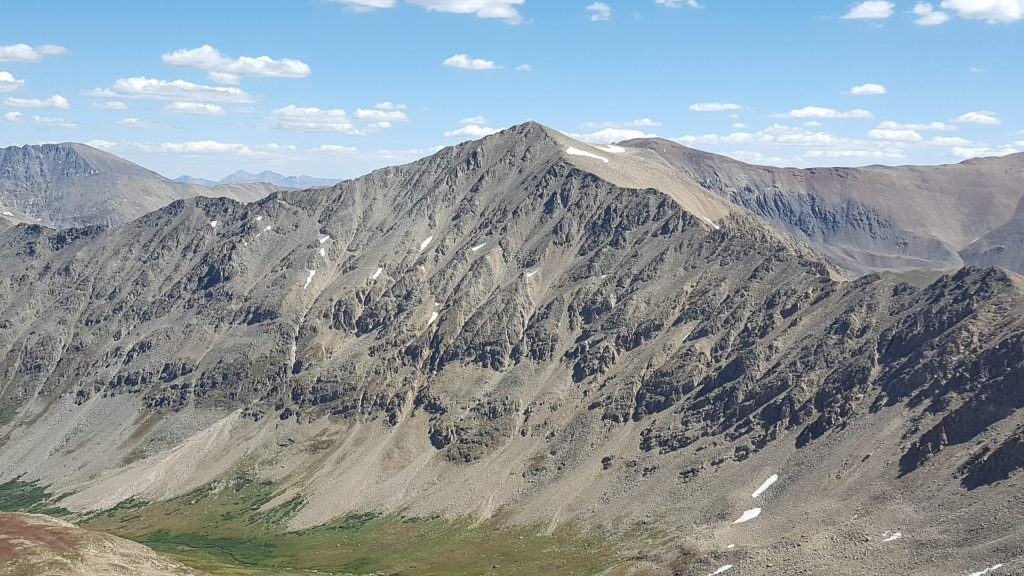
Elevation gain: 2,150 feet
Class: 2
Miles: 4 roundtrip
Combination Route (Democrat, Cameron, Lincoln, Bross)
Local insider tip: A ridge connects Mt. Democrat, Mt. Bross, and Mt. Lincoln so you can summit three 14’ers in one go.
Why you’ll like it: If you like to ski or snowboard, you can actually ski down Mount Democrat when there’s snow. Bear in mind, this requires a different level of skill from a summer ascent.
Mount Bierstadt – 14,060 feet
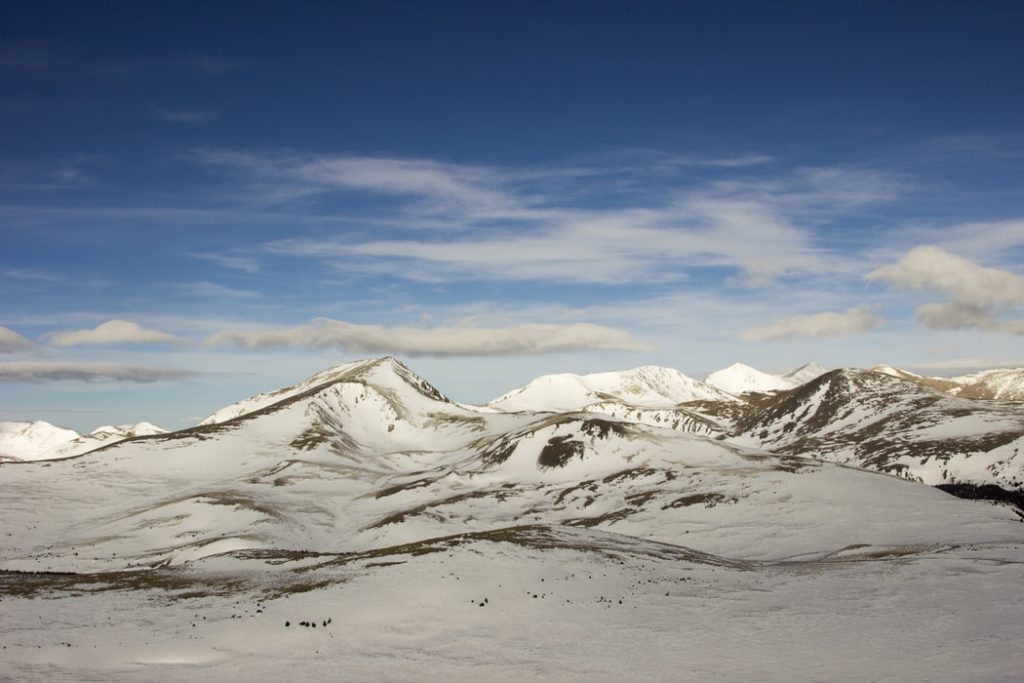
Elevation gain: 2,850 feet
Class: 2
Miles: 7 miles roundtrip
Where to park: Mt. Bierstadt Trailhead
Local insider tip: This is one of the most popular fourteeners in Colorado. Avoid hiking this on the weekends and start around 4:00 AM.
Why you’ll like it: While there is no such thing as an “easy” 14er, Mt. Bierstadt is arguably the most beginner-friendly with a clear trail while still challenging you.
Handies Peak – 14,048 feet
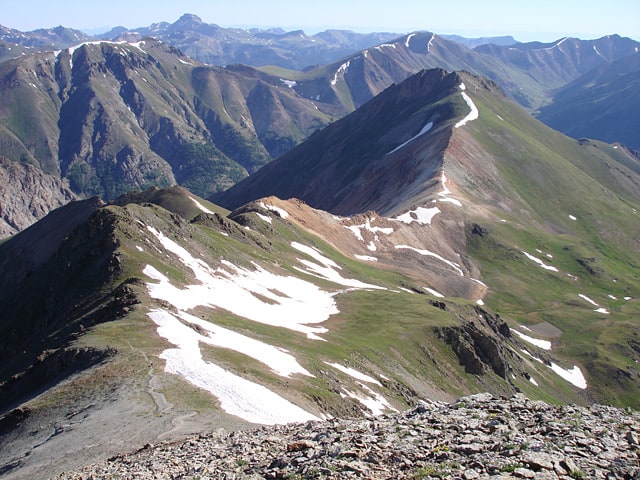
Elevation gain: 2,500 feet
Class: 2
Miles: 8 roundtrip
Where to park: Handies Peak trailhead
Local insider tip: You’ll want a 4WD vehicle with high clearance for the road to the trailhead.
Why you’ll like it: While taking the East slope trail to the summit adds an additional 2.5 miles compared to the Southwest slopes, there are fewer people on this trail which is a nice respite from the other popular 14ers.
Other beginner-friendly fourteeners in Colorado:
Mount Sherman, Mount Massive, Mount Antero, Pikes Peak, Mount Princeton, Culebra Peak, San Luis Peak, Huron Peak, and La Plata Peak.
Safety tips
- Mountaineering requires a certain level of fitness and skill. If you’ve never climbed a fourteener before, consider going with a certified AMGA guide and picking up a mountaineering safety book. Also, start with hikes at a lower elevation and build up before taking on a fourteener for the first time. Here’s a home workout you can do to start training for your first 14er.
- Know how to read a map and compass and bring both with you.
- Start early so you’re off the peak before noon. The summer brings fierce lightning and thunderstorms.
- Bring enough water to avoid dehydration and snacks.
- Communicate with a friend or family member where you’re going, who you’re going with, and when you expect to return.
- Learn about altitude sickness and how to identify the symptoms.
- Go with people who’ve hiked fourteeners in Colorado until you have the proper knowledge and skill.
- Make sure to adventure responsibly
Trail rating
Source: www.14ers.com
Most fourteener guides use the Yosemite Decimal System to describe trail conditions:
• Class 1: Well-marked and worn trail. No route-finding is necessary
• Class 2: This can vary from a semi-worn trail to no trail at all. Trail surface might be steep and slick (loose dirt/scree) and route-finding might be necessary. Scrambling (using your hands) might be required.
• Class 3: Scrambling is to be expected. Good rule of thumb is that, for a class 3 hike, descending will require you to face the rock, rather than face outward.
• Class 4: Climbing, usually without a rope, but using one doesn’t hurt. A fall may be lethal.
• Class 5: Technical climbing with a rope.

